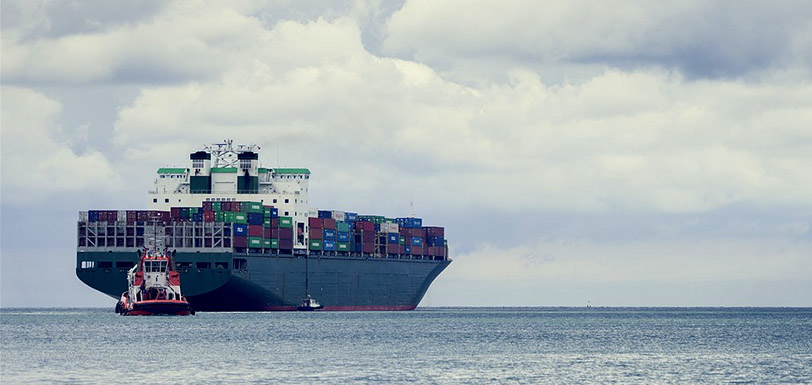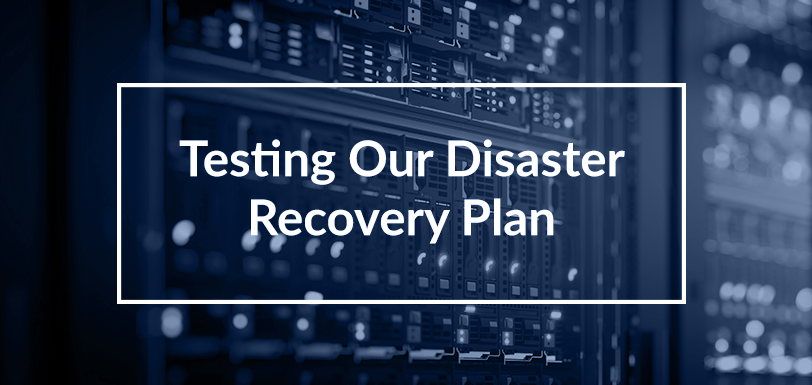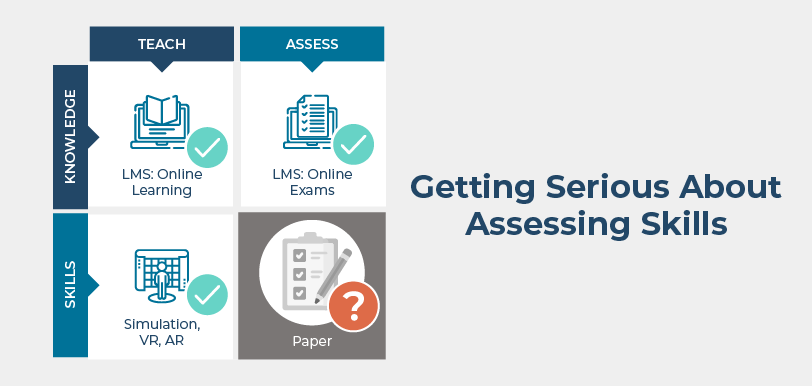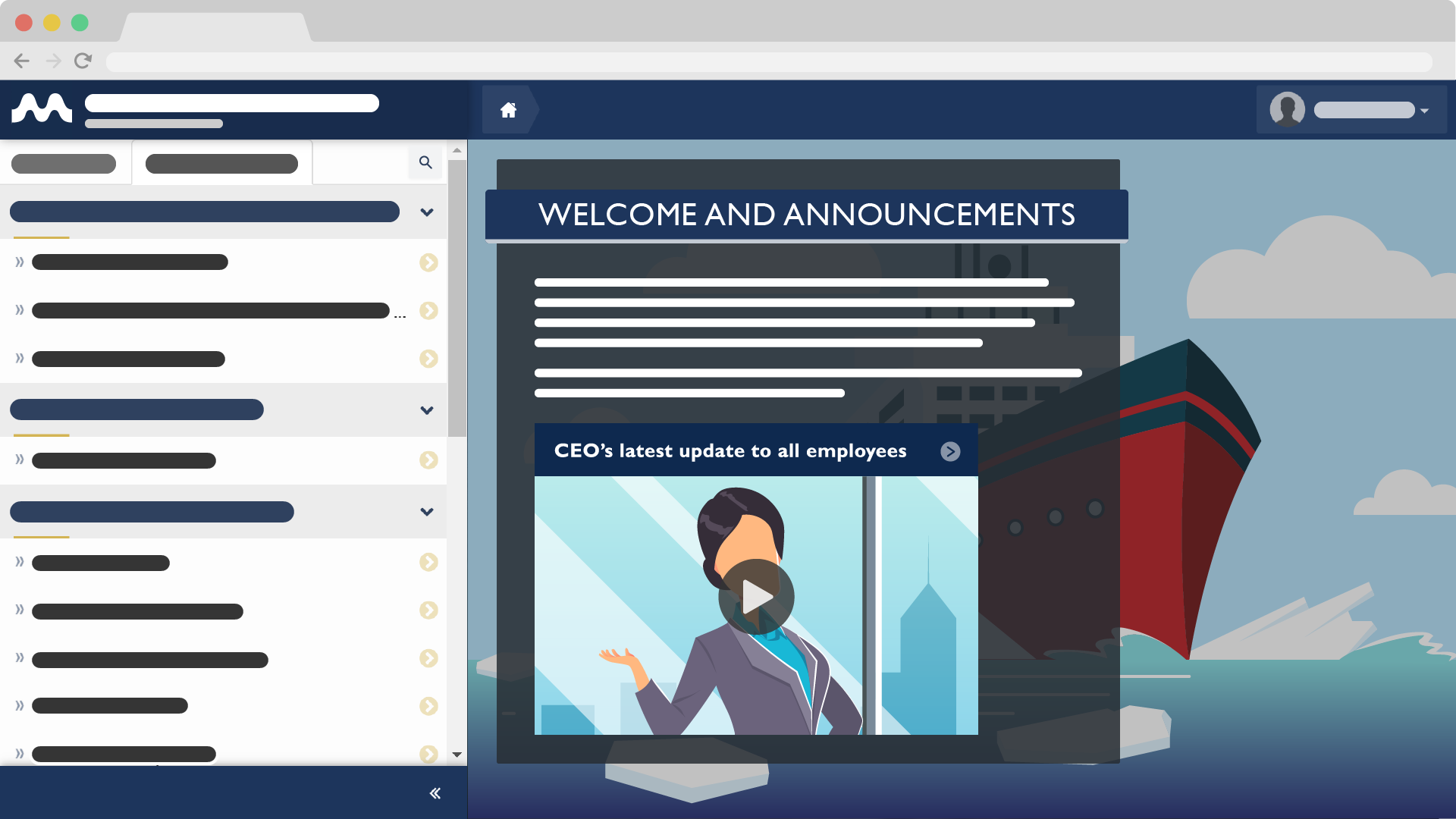Maritime Safety Culture: What is it and How to Improve It?
Feb 25, 2016 Murray Goldberg 0 Interview, maritime safety, Safety CultureIntroduction
“Safety Culture” is a term that is often used in the maritime industry. Every operator wants a “good” safety culture, and everyone agrees that it’s an important topic.
But how do you define a “good” safety culture? How do you know if your organization has it? How do you develop it?
This article is one of two that looks at safety culture in the maritime industry. We start off by looking at an overview of safety culture. The second article will focus on a discussion of safety culture with Captain John Wright, an award-winning maritime safety culture expert.
What is Safety Culture?
The IMO tells us:
“An organization with a ‘safety culture’ is one that gives appropriate priority to safety and realizes that safety has to be managed like other areas of the business. … The key to achieving that safety culture is in:
- Recognizing that accidents are preventable through following correct procedure and established best practice,
- Constantly thinking about safety, and
- Seeking continuous improvement.”
Despite the way it is often spoken about, safety culture is not something that a vessel operator either has or does not have. All operators have some safety culture — all operators have a company culture, and that culture, whatever form it takes, will impact the safety of operations.
It is important to understand that all aspects of a company’s culture are related to each other. For example, it is nearly impossible to have excellent safety culture but have a poor culture in terms of workplace cleanliness or employee communication.
The question therefore involves both the quality of the company’s overall culture and of their safety culture in particular: how does the existing company culture affect the activities of company management and employees? Is it a culture that enables, promotes and rewards safe acts?
So what are the requirements for a high quality safety culture?
Basics About Safety Culture
One of the best definitions I have seen on safety culture is the following:
“Doing things safely even when no one is looking”
Perhaps calling this a definition is incorrect – it is better described as the result of a high quality safety culture – what every operator is looking to achieve. So how do we get to this desired result? What are the accepted characteristics, or necessary components, of a quality safety culture? I will list some of the most important below, but will cover these in more depth in the next post on the discussion with Captain John Wright.
The necessary components of a quality safety culture include:
1. Management Leadership Commitment
It is generally agreed that safety must start at the top. In fact, some organizational culture experts go so far as to say that “… the only real thing of importance that leaders do is to create and manage culture” (Organizational Culture and Leadership, Schien, 2004). Management must view safety as a long-term investment in their company, not a cost. It is their role to consistently and visibly inspire a culture of safety. It is also their role to be safety cultural champions, to identify other champions, and to steward the process of cultural transformation. This usually means going well beyond compliance and always means considering safety as a part of all decisions while allocating sufficient resources to safety considerations.
Building an effective safety culture is not a switch that can be “turned on”, but rather a broad transformation that takes time to nurture. Even when management commits themselves to establishing a high quality safety culture, it still takes time to implement the necessary changes, and even more time for employees to be convinced that this is a real, lasting change and not a fad soon to be abandoned.
Management commitment to safety takes real effort, but pays incredible dividends. Without strong, consistent and long-term leadership from the top, it is not possible to improve the quality of an organization’s safety culture.
2. Effective Training
Clearly, safe operations require that all operational personnel are competent; can understand and are skilled in safe procedures; and are aware of potential hazards and how to avoid them. Initial and ongoing training ensures this. Attention to training not only guarantees the above, but it also sends a strong message that management values safety and, consequently, values its employees. An employee who feels valued one who will do the right thing – even when no one is looking.
Fortunately, we are in a time of great opportunity for implementation of new, effective and visible training programs. If training is not already top-notch at an organization then it can be made so using a breadth of new educational content and techniques, such as blended learning.
Given the importance of training, the benefits of investing in it, and the visible nature of its effects, attention to training is almost universally considered to be a necessary component of safety culture transformation.
3. Measurement and Continuous Improvement
“If you don’t measure it, you can’t manage it.”
A high quality safety culture is one that requires measurement of safety performance. The measurements (key performance indicators or KPIs) acts as markers to inform a process of continuous improvement. Without a system of measurement there is no way to learn from mistakes, nor any way to celebrate or build on successes. Measurements (and ongoing communication of those measurements) are a key form of employee communication and a powerful demonstration of management leadership in the area of safety.
4. A Focus on Learning, Not Blame
Every day there are “near misses” that represent incredible learning opportunities. An accident is a very expensive way to learn a lesson. On the other hand, a “near miss” can be a practically free way to learn – but only if the close call is reported, analysed, turned into a learning opportunity, and made public.
The problem is that near-misses are almost never reported, unless there are more than a few witnesses, because those at fault fear repercussions. The way around this problem is to have a policy that ensures that employees are not punished for their near misses.
Many may refer to this as a “blame-free” culture, and stay away from implementing such a policy. However, I have been taught by my time with BC Ferries that perhaps a better goal is a “Just” or “Fair” culture when it comes to blame – not one that is blame-free.
Paraphrasing the BC Ferries approach, an employee will never be blamed for an honest mistake or error in judgement. They will, however, be held responsible should they come to work intoxicated or should they willfully cause damage. As part of BC Ferries’ cultural shift, this policy has created an environment where an employee has no reason to conceal a near miss.
This policy and culture has yielded thousands of documented learning opportunities through their “A.L.E.R.T” (All Learning Events Reported Today) incident reporting process. At the same time serious injuries have been reduced by two-thirds and continue to decrease. After speaking with front-line BC Ferries employees, many view documenting their own near-misses as a point of pride; knowing the report will help avoid a future accident, injury or even fatality. The key to this success is that employees trust that the company is going to adhere to the “just” culture they have set up in terms of blame. This trust is powerful and takes time to build – but it is ultimately possible for any company.
5. Continuous Reflection and Visible Commitment to Safety
Although somewhat covered above, this is worthy of its own mention. Safety and safe procedures must always be top of mind for the entire organization. This means measurement and continuous improvement, as well as a focus on learning – both mentioned above. But it also means highly visible, meaningful and continuous evidence of commitment.
One practical way to help demonstrate company commitment to safety is regular visitation from top-level management (preferably the CEO) discussing the company’s actions around safety, providing evidence on safety KPIs, and listening to feedback. I have seen the effect of this kind of top-to-bottom transparency and it is nothing short of impressive.
Other ways to demonstrate commitment include employee safety focus groups, consistent safety messaging in the workplace, the celebration of “jobs done right” alongside the dissemination of near-miss information, and more. For safety to be top of mind, it must be continuously reflected upon in meaningful ways – and I stress the “meaningful” part of that. A sign on the wall reminding people of their role in safe operations will be respected if employees believe in management’s commitment to safety, and a sad joke otherwise.
Talking With The Expert
One person who has not only seen safety culture shifts, but has also been the architect of the same, is Captain John Wright of WrightWay Training Services in the UK. He is a recipient of an IHS Safety at Sea training award. I had the very good fortune of meeting Captain Wright because of his involvement with the BC Ferries SailSafe project – a multi-phased project aimed at improving safety (and one that the company I work for, Marine Learning Systems, is fortunate and proud to be a part of).
Captain Wright teamed with Force Technology in 2007 to assist BC Ferries with the design and implementation of their SailSafe cultural safety transformation. SailSafe has been an incredible success: time loss injuries have been cut in half, serious injuries have been reduced by two-thirds, and annual insurance claims costs have been reduced by over three-quarters, and more. Captain Wright is in the business of helping vessel operators achieve similar results.
With this in mind, I present here the first question of an interview I did with Captain Wright on the topic of safety culture. The remainder of the interview will be covered in our next post.
Q: Can you whet our appetite by first giving us a high-level overview of how a company can improve its safety culture?
“The very best way to improve a safety culture, which means to improve absolutely everything in the business, is achieved when a company decides to properly ask their employees this question in a structured way: ‘What’s wrong and how can we fix it?’.
Employees are rarely asked that question and when they are, their brilliant and often simple ideas end up on some poor hapless overstretched manager’s desk, who is simply forced to put it in the ‘too difficult’ tray. The net result is the originally fairly demotivated employees who have had their hopes momentarily raised, have them quickly dashed by inaction. They then become spectacularly demotivated and the company is in a significantly worse place than before as a consequence.
The answer is real workforce involvement and ownership of their own ideas. People are endlessly supportive of their own ideas and by allowing them to execute them for themselves, an organisation puts the enormous ‘horsepower’, which resides in its workforce and which is often on ‘idle’ or ‘tick over’, onto the ‘propeller shaft’. The result is:
- Reduced loss events (for example, injuries and damage to equipment),
- Reduced turnover of personnel,
- Reduced training and re-training costs,
- Reduced sickness absence, and
- An increase in motivation, involvement, enthusiasm, communication, teamwork and quality of decision making.
All of this adds up to increased productivity and everyone going home in one piece to their families. Simple really. :-)”
Conclusion
Our next article will continue the interview with Captain Wright. I ask questions such as:
- What is the secret to safety and loss avoidance?
- If you had to say, what is the one most important ingredient in culture change?
…and many others.
Please “Follow this blog”, below, to be informed of the next article. Until then – thanks for reading and sail safe!
Follow this Blog!
Receive email notifications whenever a new maritime training article is posted. Enter your email address below:
Interested in Marine Learning Systems?
Contact us here to learn how you can upgrade your training delivery and management process to achieve superior safety and crew performance.






